1. Ciglana
We spent few weeks in Belgrade and truly every person we met (after hearing about [place] makes) said, “have you been to Ciglana yet?” They were right—we loved it. Grab a drink, explore the installations, studios, and art, and then stay for a party at Kvaka 22.
We’re bummed we weren’t in town for the Dev9t festival and certainly plan to be back for it one day.
Nina Ivanovic
2. u10 Art Space
Stop by U10 art space - an independent art gallery that supports young contemporary artists. U10 is run by Lidija Delić, Nina Ivanović, Sava Knežević, Isidora Krstić, Iva Kuzmanović, Nemanja Nikolić and Marija Šević.
We visited the space and interviewed Nina to learn more about the gallery and to understand what it’s like to be a young creative in Belgrade. We learned that many young artists are conflicted between building the creative scene in the city and leaving for other, more established urban art havens where they can more easily promote their work.
3. cetinjska street 15 (zaoket + polet)
Want a guaranteed fun night out? Walk into Cetinjska Street 15, stroll past the car wash and grab a drink outside one of the hip bars, clubs and cafes. This once abandoned car lot turned cultural hub, Cetinjska, has it all. Whether it’s a film screening, concert, or club, this lively area is not to be missed.
We sat outside with Zaoket owners, Ojkic and Radojkovic, learning about how they have built community around music, parties and places to gather.
We spent another evening surrounded by arty- and academic- types at a gallery-meets-bar that inspires conversation, Polet.
Iva Cukic, Ministry of Space
4. Street gallery / (anything the ministry of space is behind)
Visit the open air “Street Gallery” . The gallery started as an underground show in 2010 by Ministry of Space, a collective that monitors and defends the use of public spaces and urban development in Belgrade and other Serbian cities. The Street Gallery then formally opened in 2012, and eventually became a 24/7 gallery of art with a new exhibit every two weeks. The exhibits focus on socially-charged, often provocative works of art on a narrow alley between Nušićeva Street and Trg Nikole Pašića Square.
We met with Iva Cukic, one of the members of Ministry of Space who was behind the negotiation and multi-year execution of this concept. She shared with us the story of opening The Street Gallery and the many other urban interventions, exhibitions, and publications that confront issues of urban development.
5. museum macrua
During the summer months, head out of the city to the private art collection, Museum Macura, set in a beautiful space on top of a cliff overlooking the Danube. The space alone is reason for the visit and the impressive collection of contemporary art in both the museum space and warehouse a few km away.
We were there for opening day last season. Someone stood on a chair to read poetry, others sat outside taking in the view. A fish stew was prepared for all who came, and later in the afternoon we piled into cars to explore a warehouse with more of the private collection down the road.
6. just go for a walk. You’ll find work by artez and others
… and finally, simply walk around and you’ll find inspired street art, from amazing artists such as Artez, photographed to the right next to one of his murals. We interviewed him as he was painting a commissioned piece and later stumbled on his work all over the world (really - we found a large piece on an island in Croatia!)





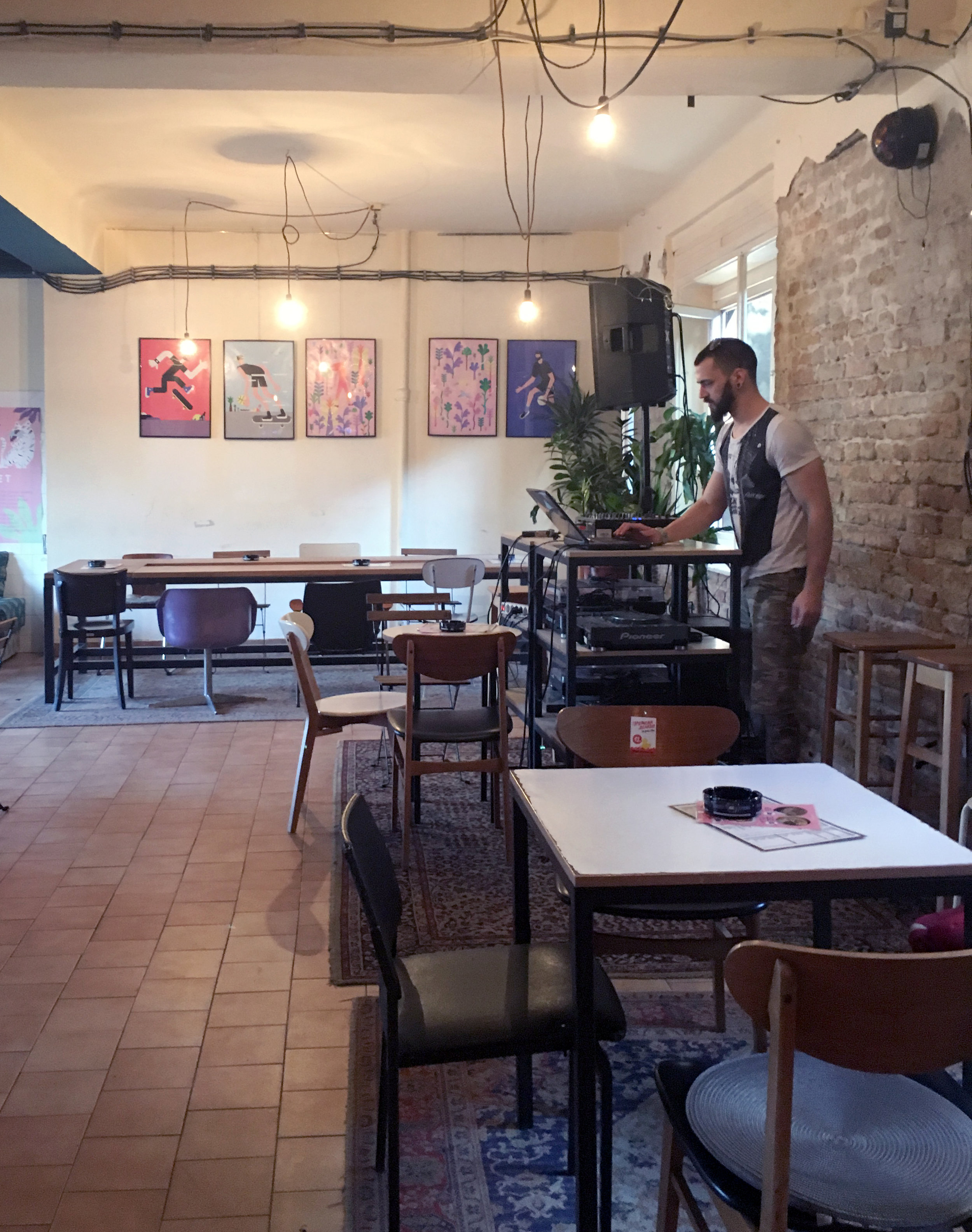



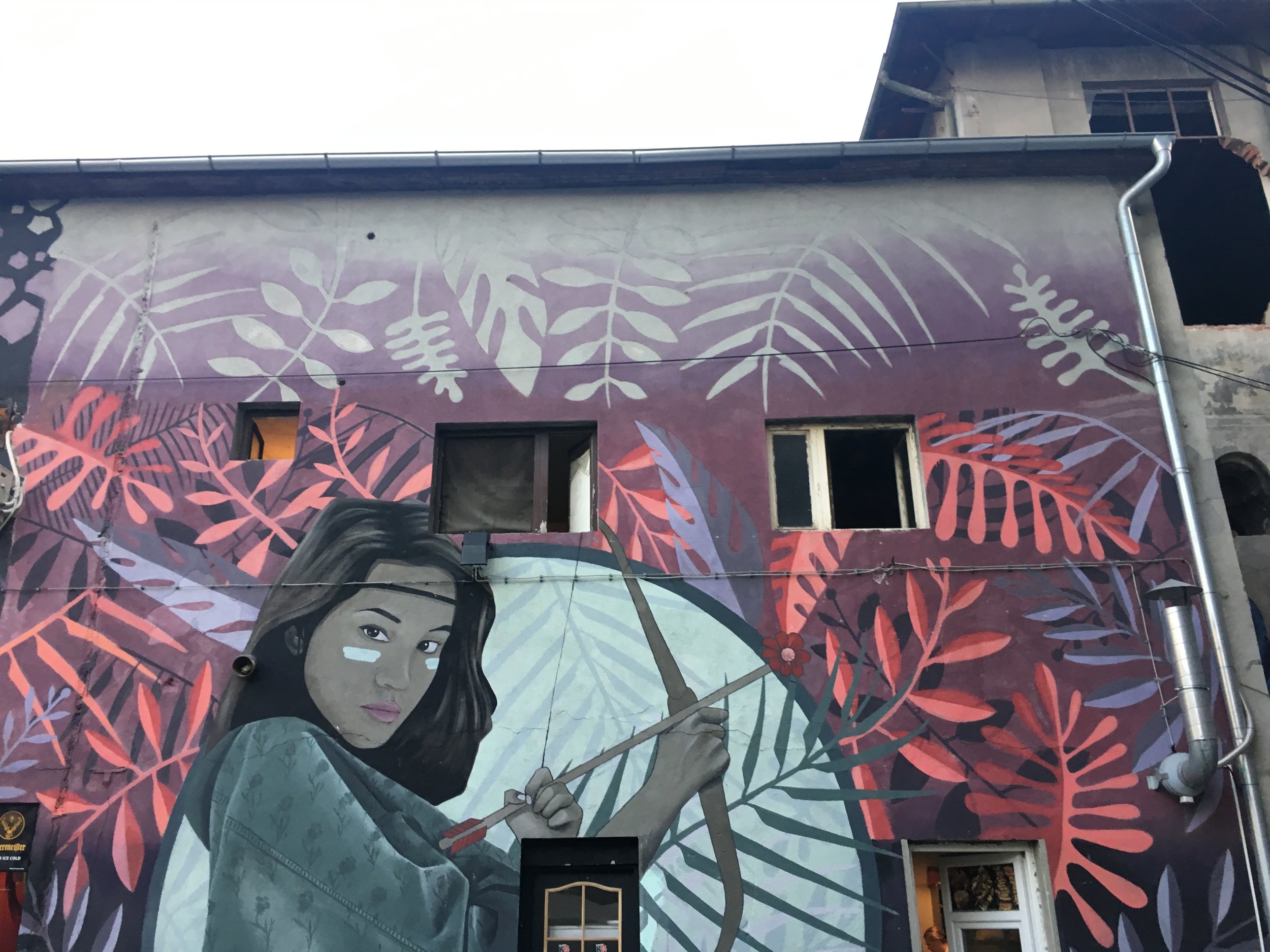
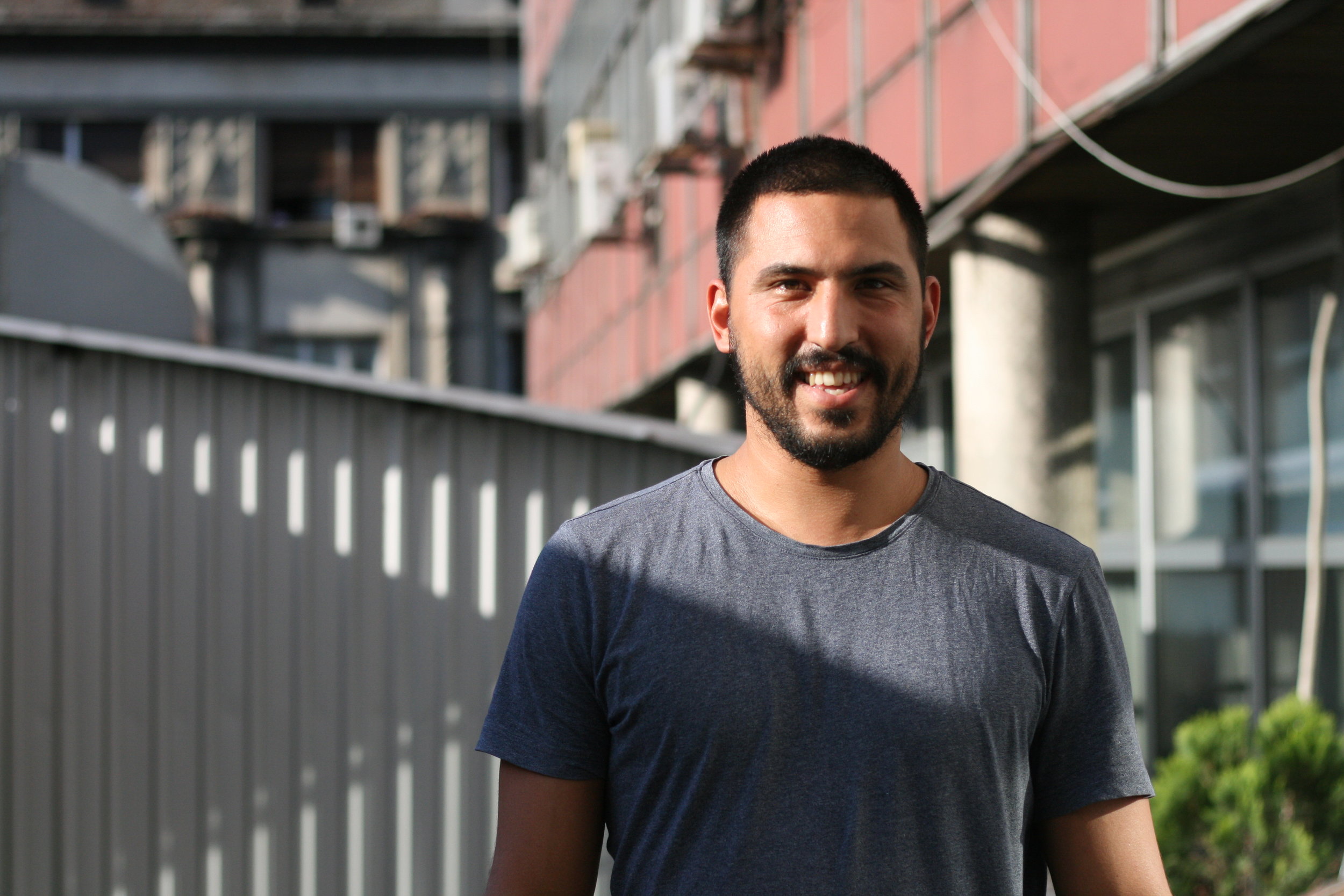



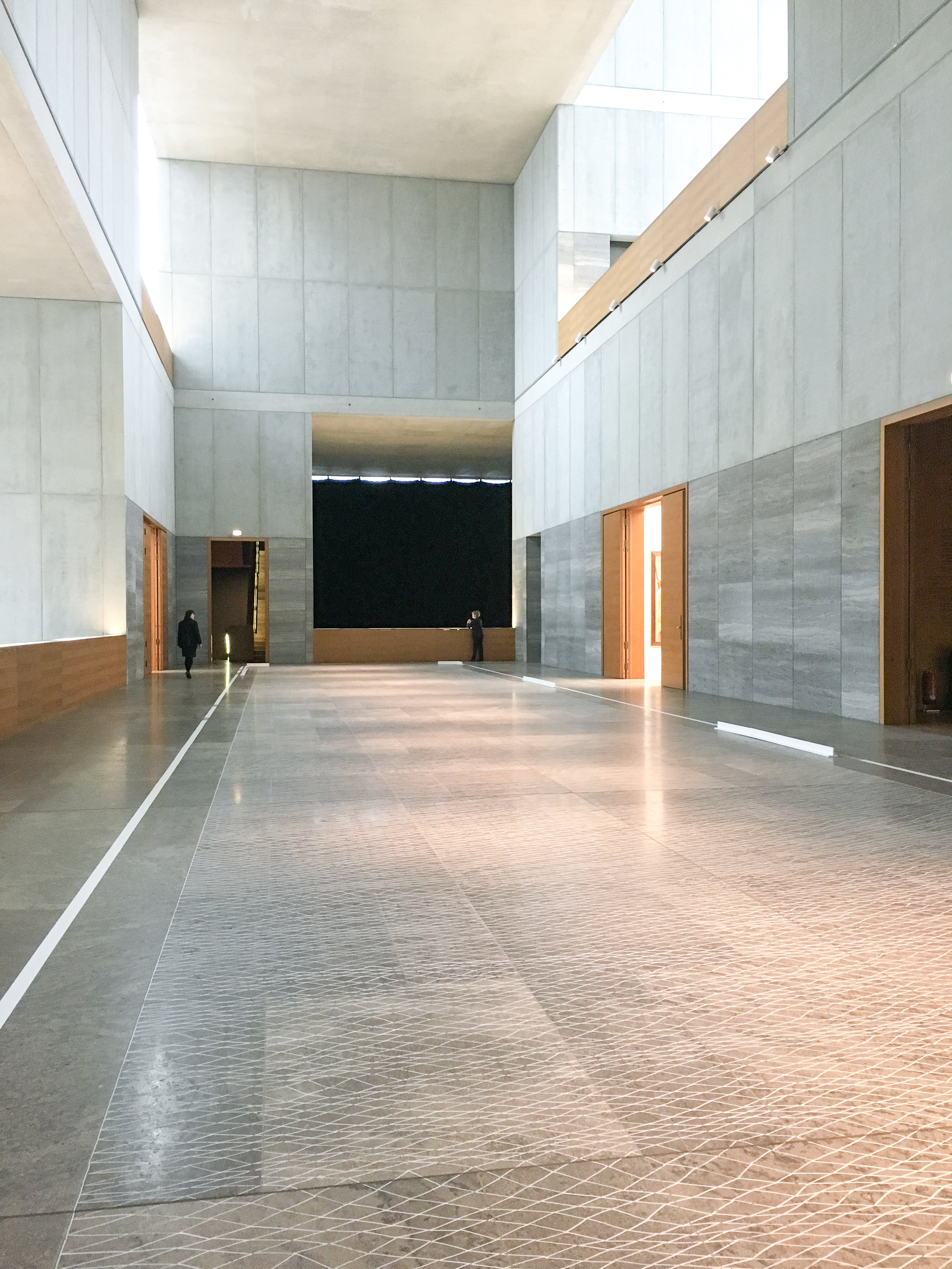
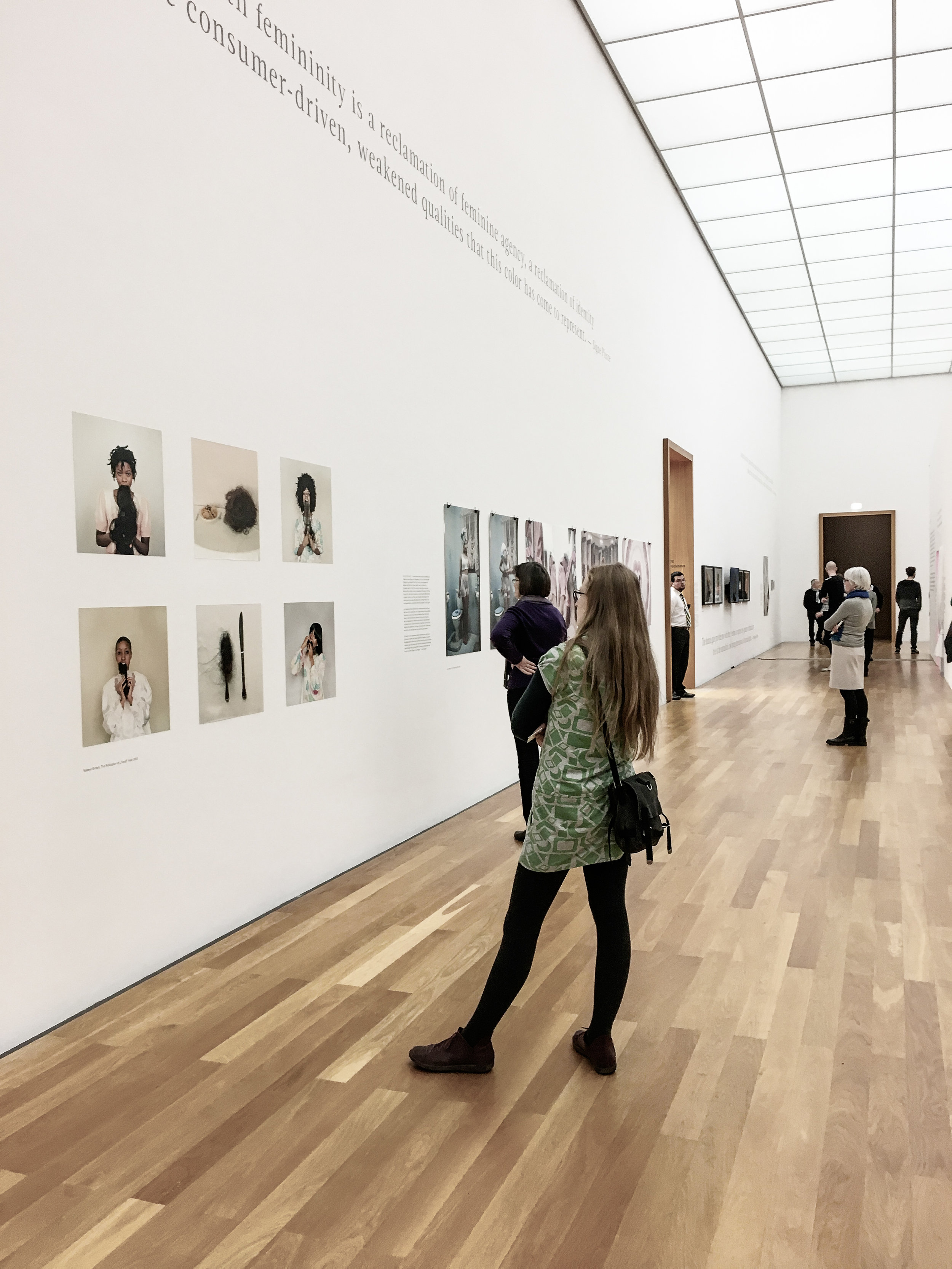



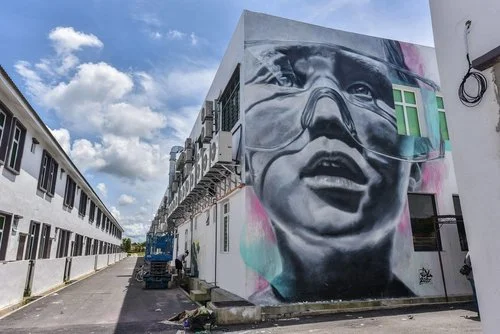


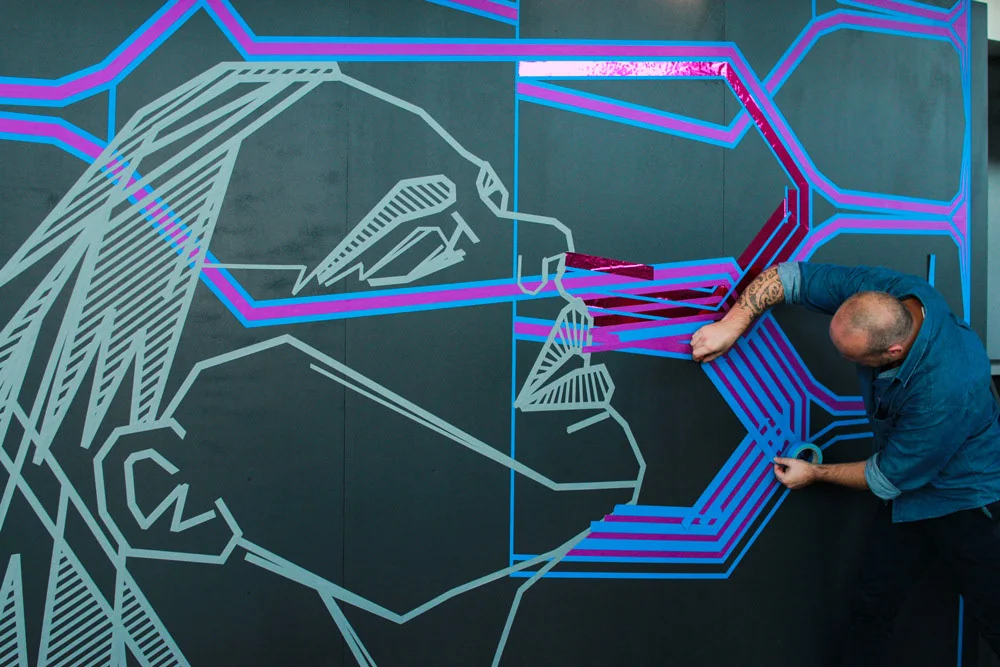
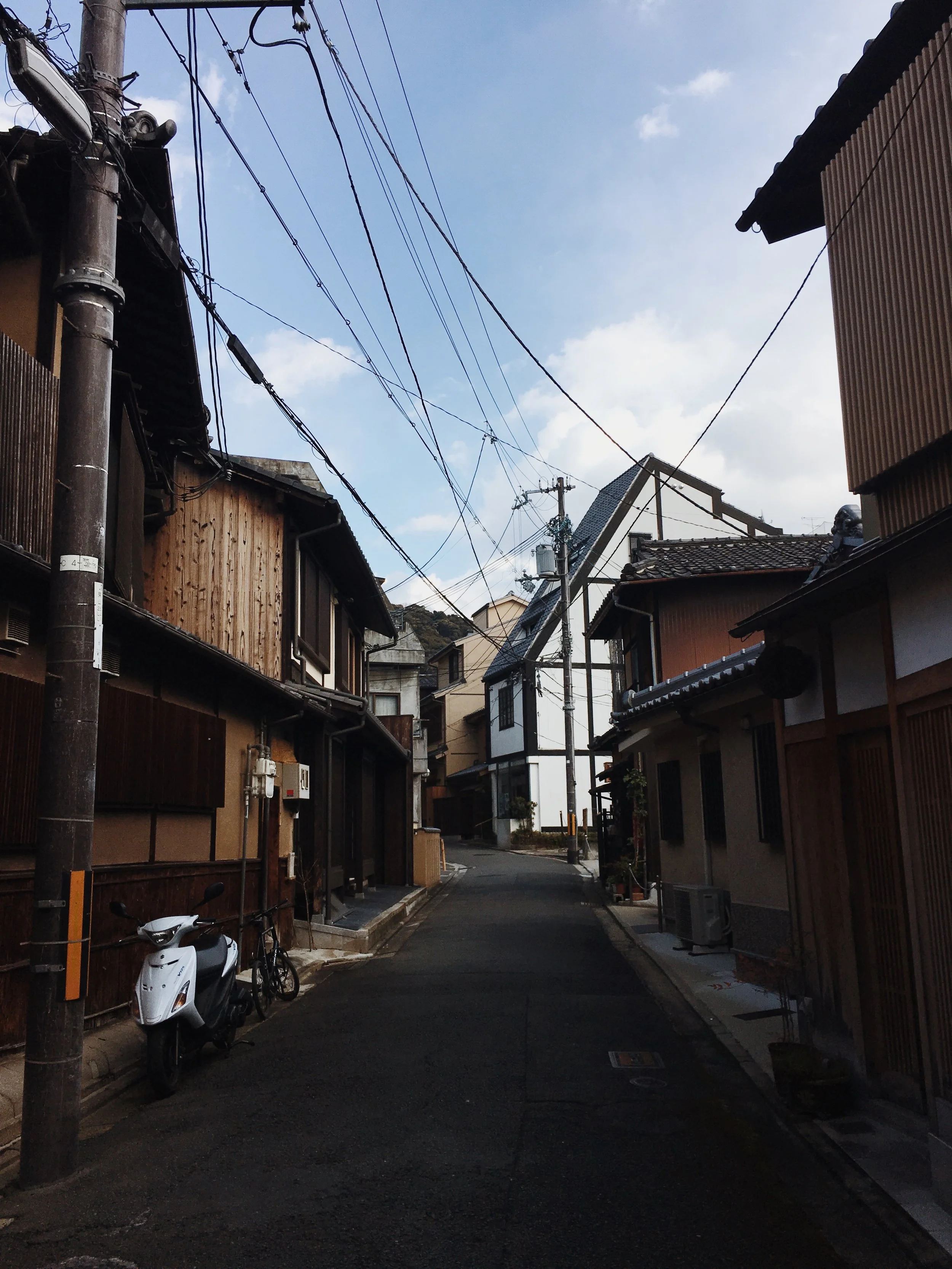


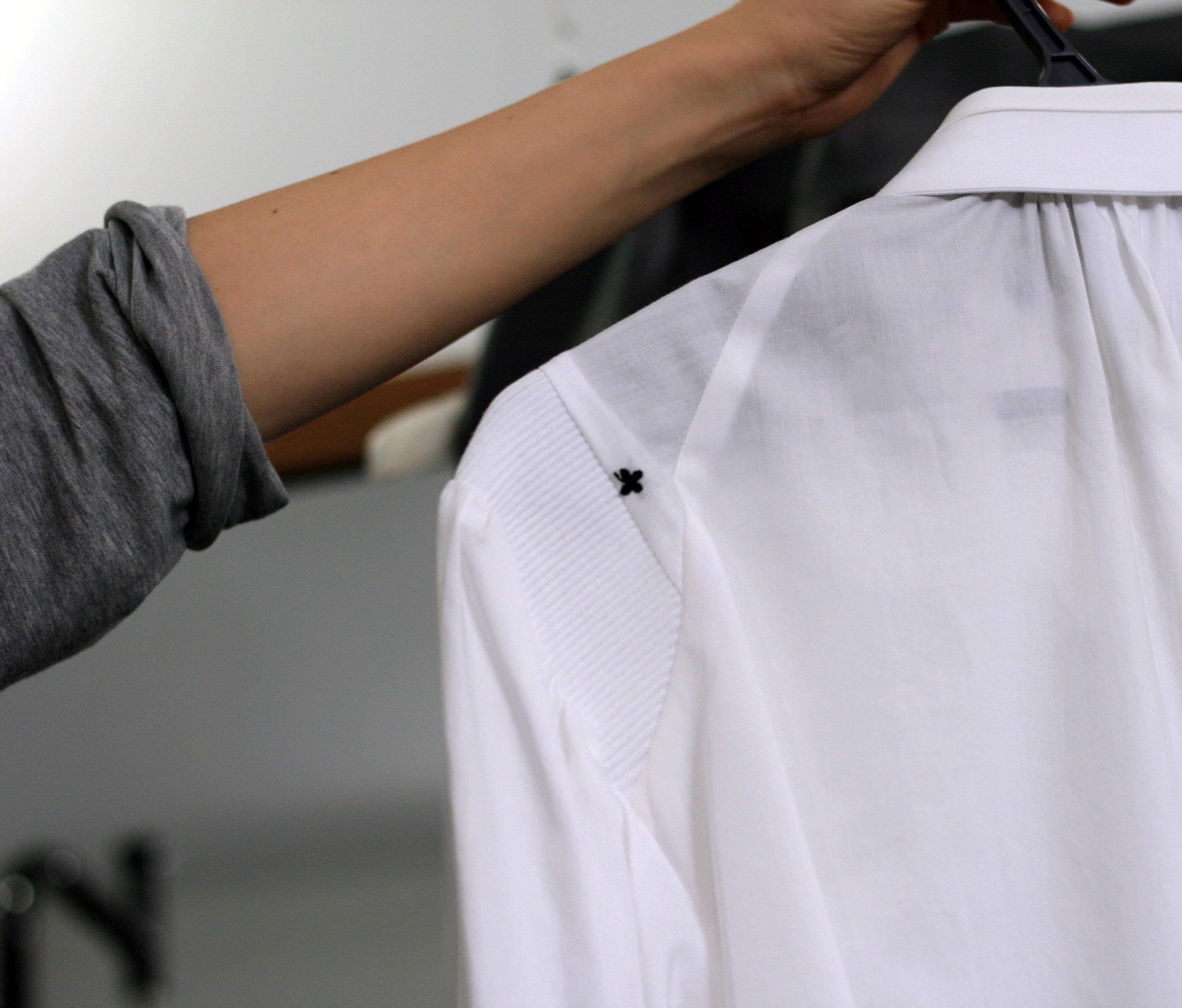












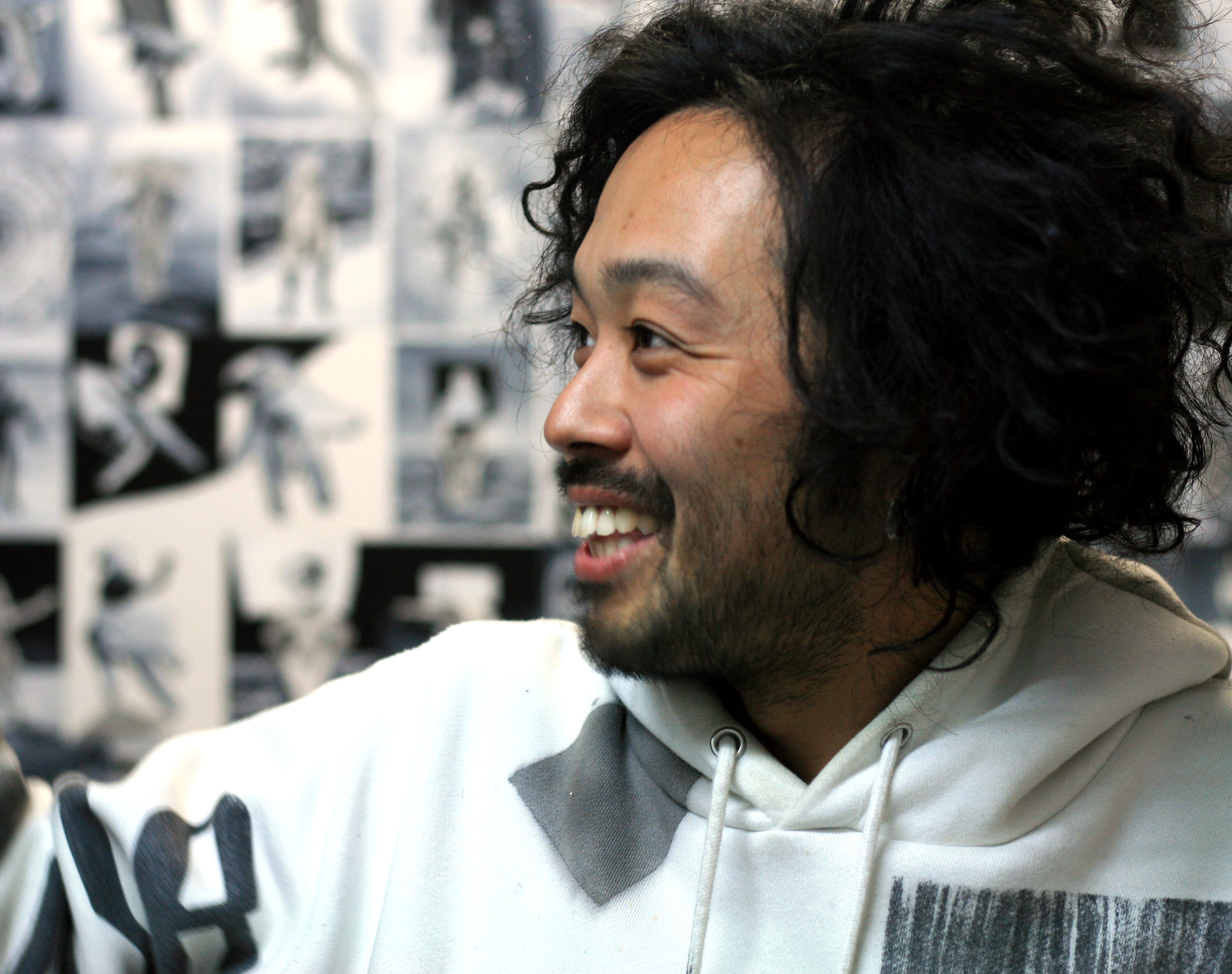





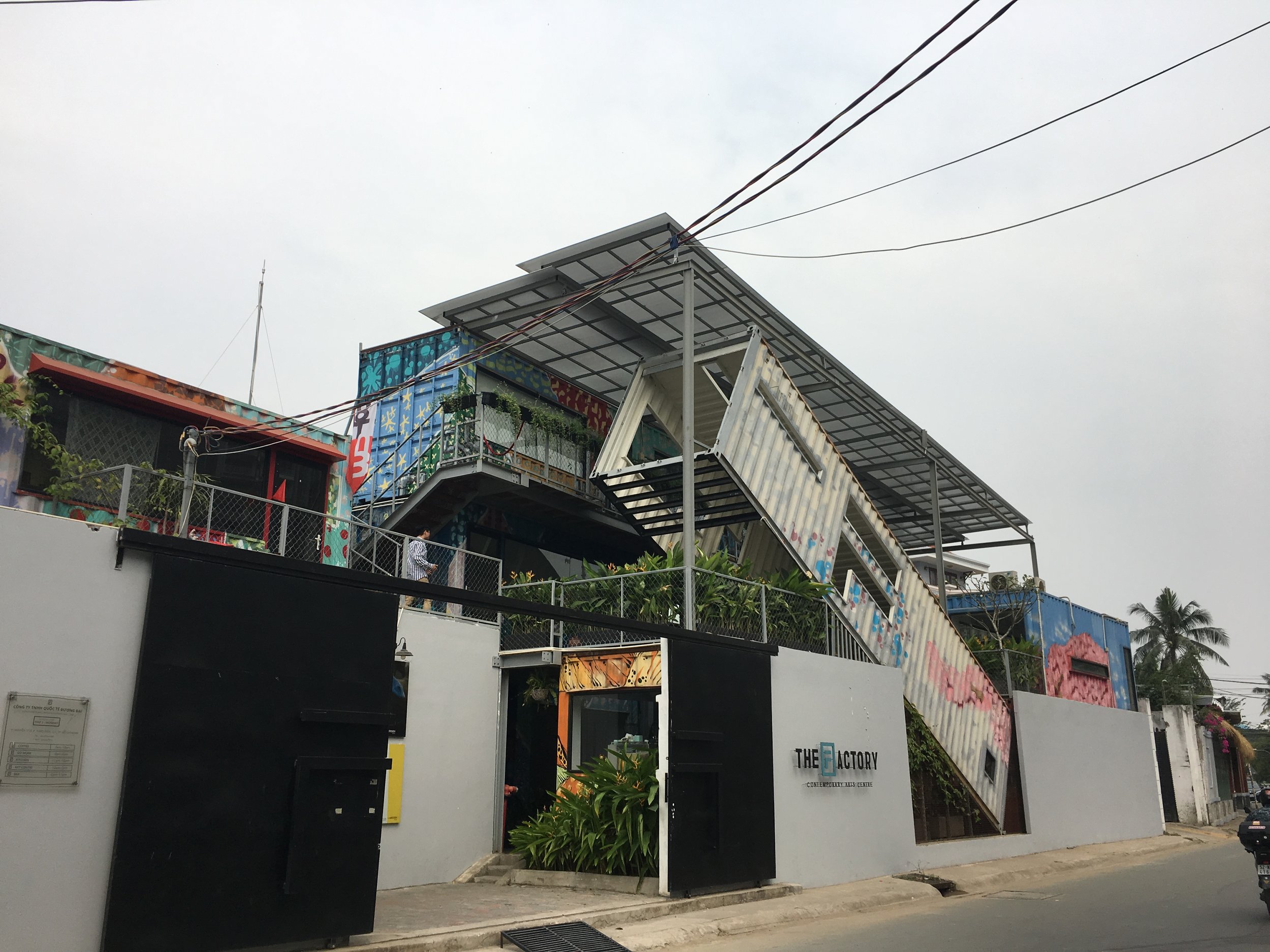









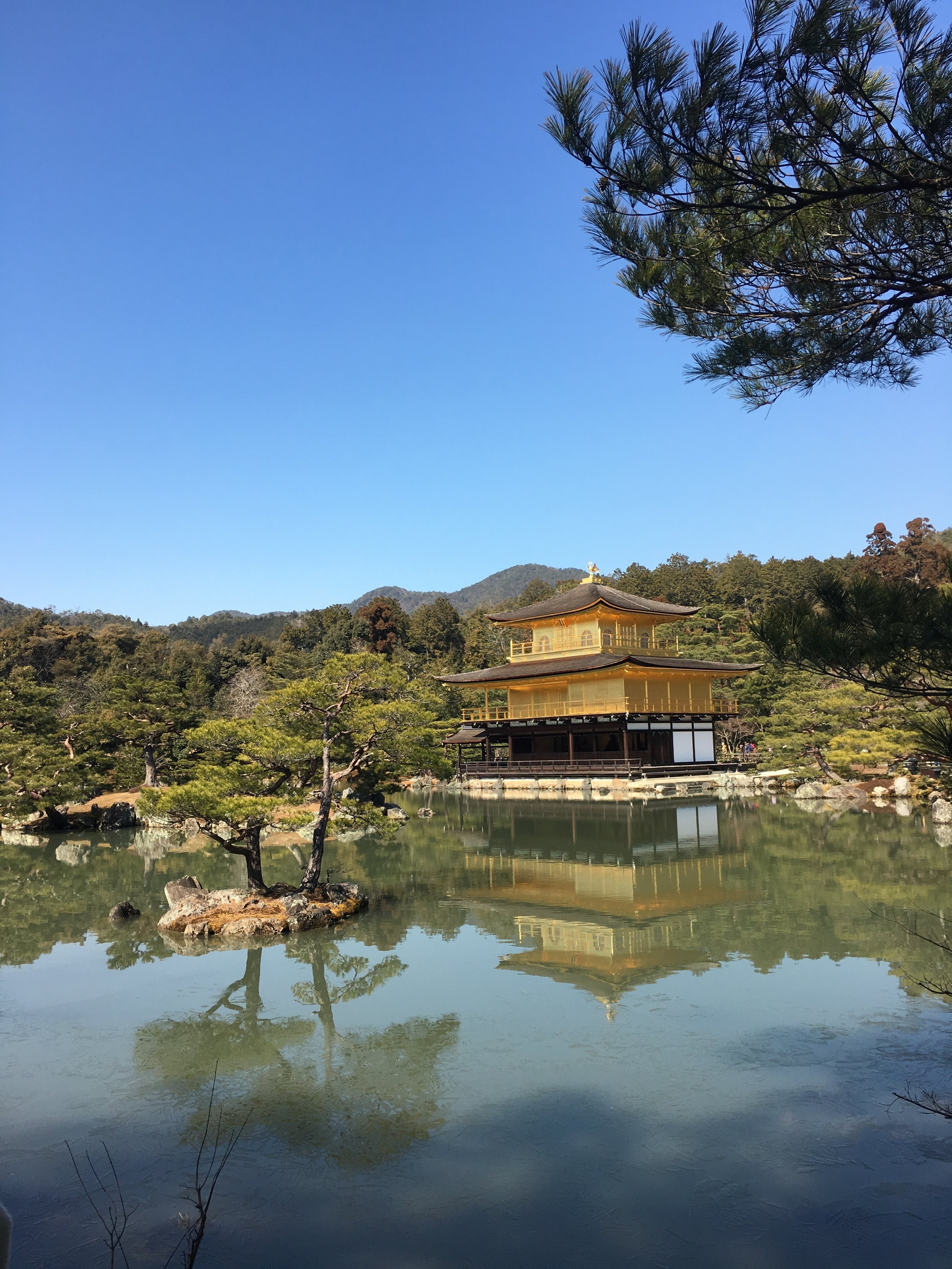
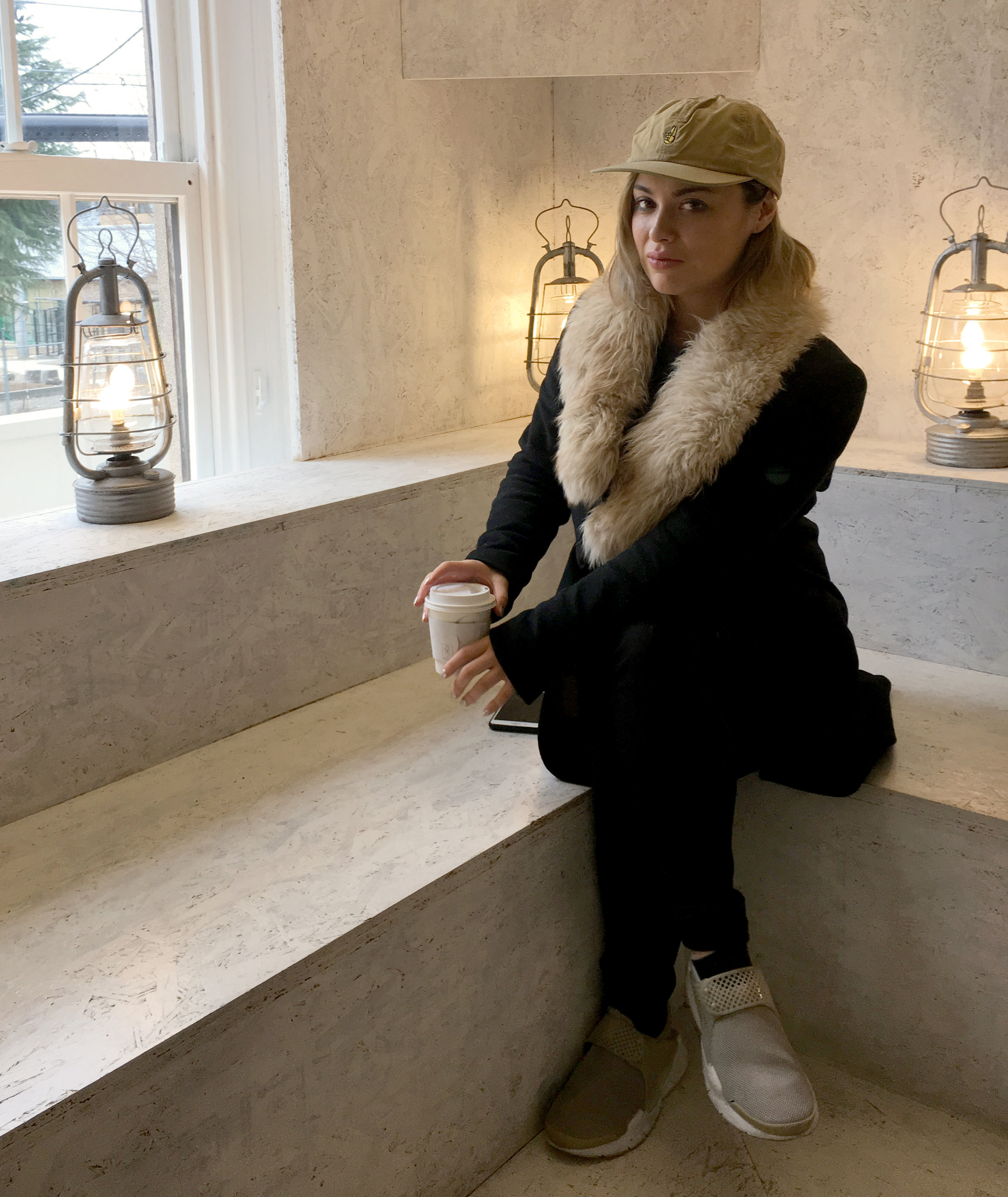





















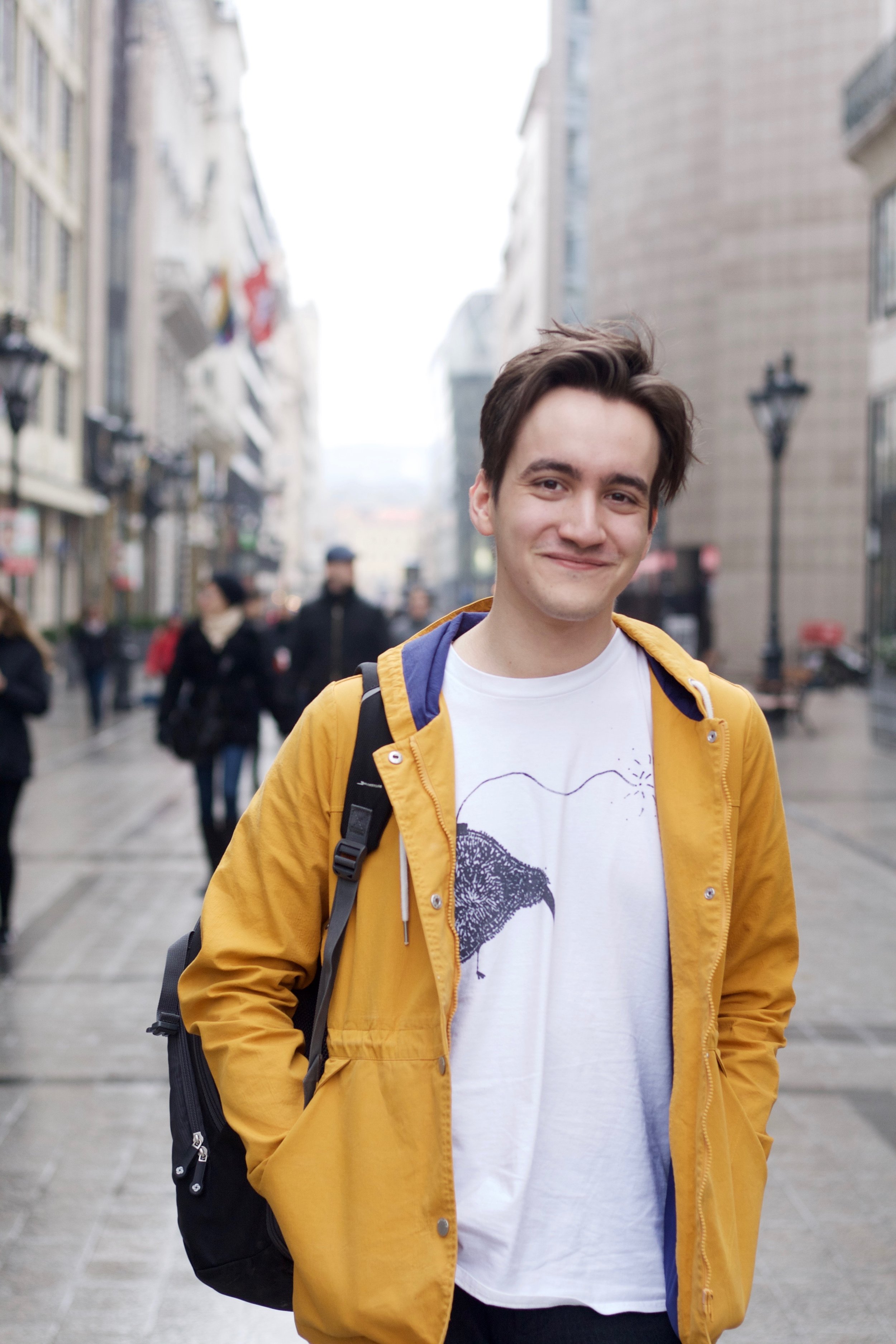








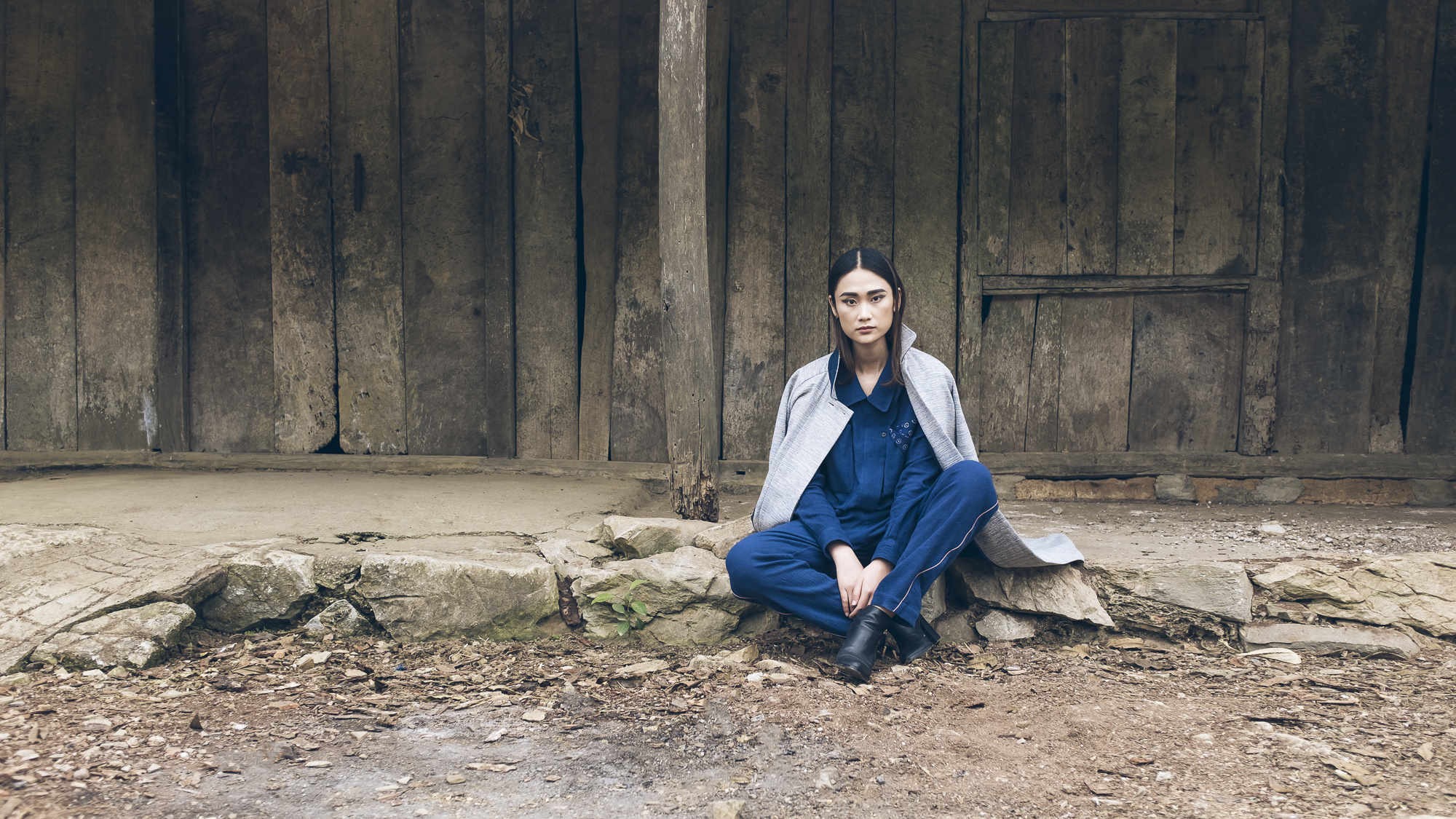

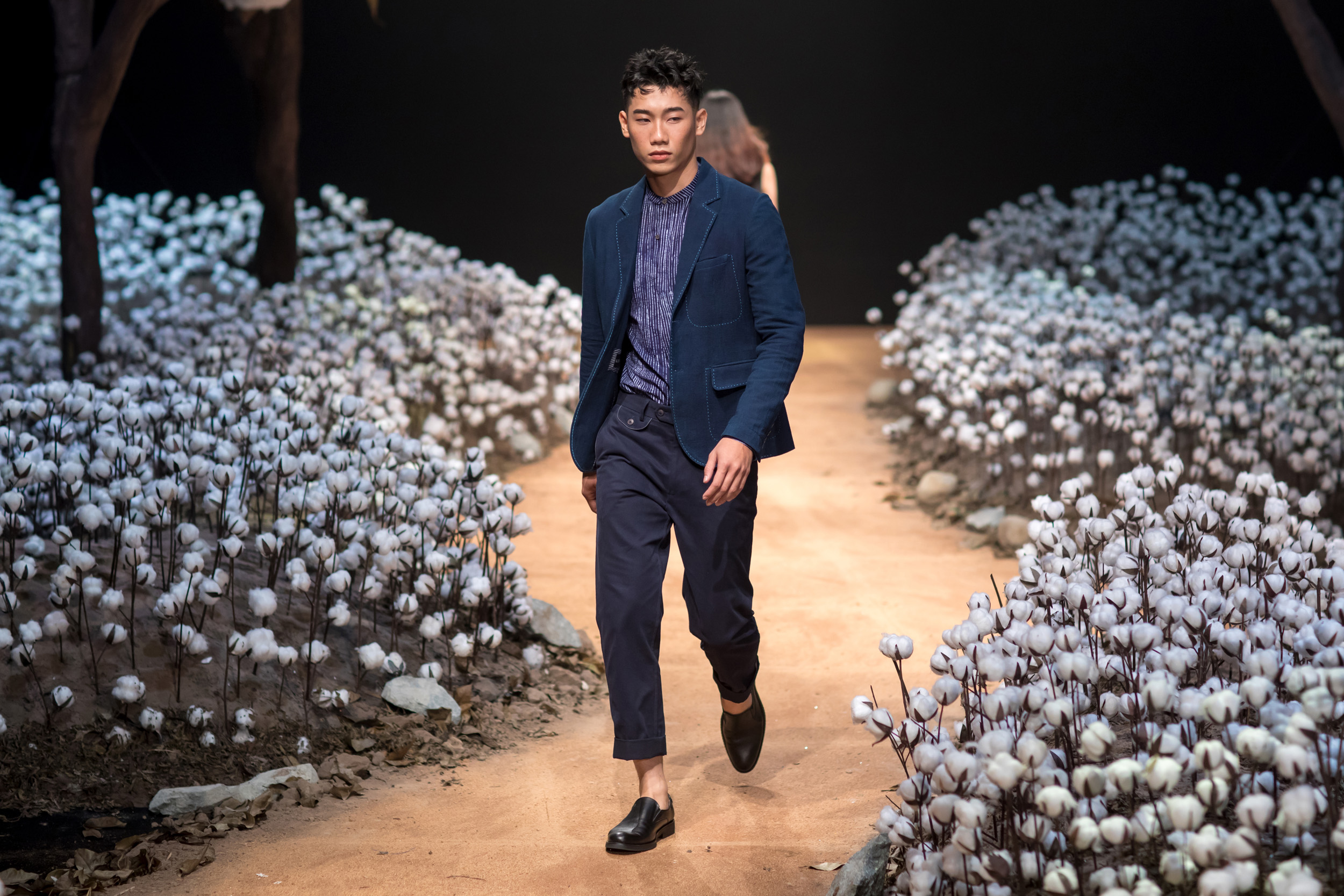
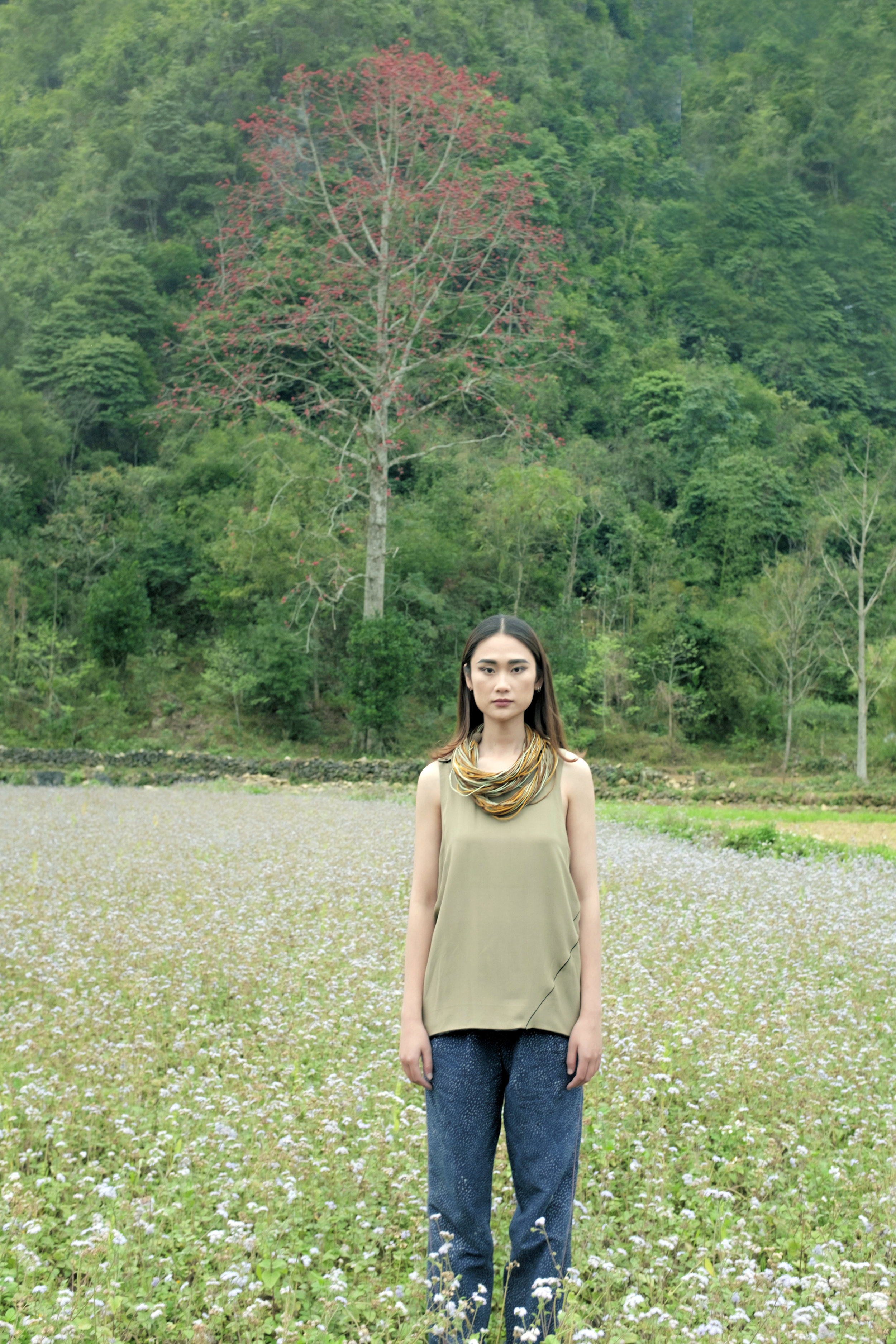











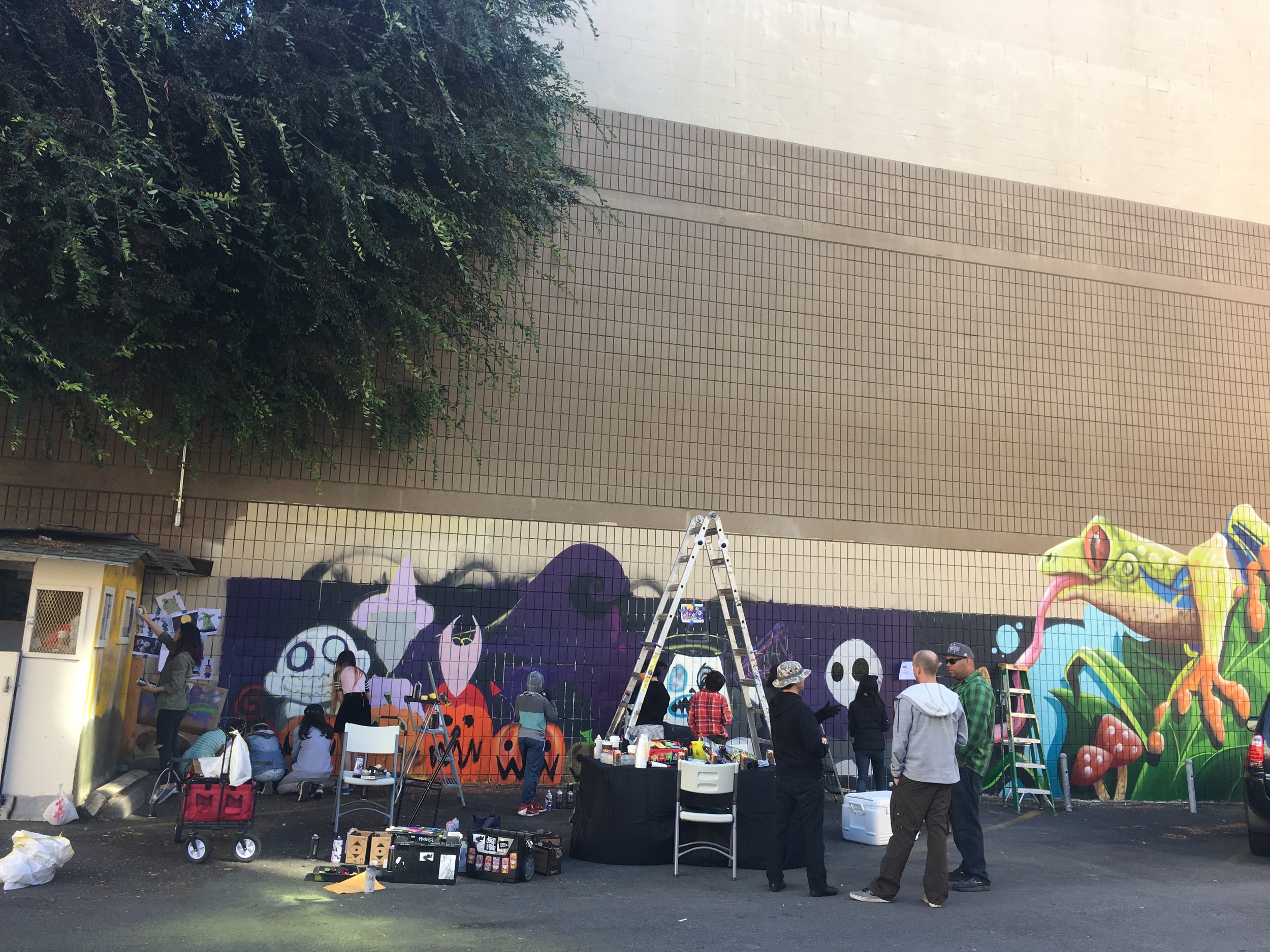













Here are the best five spots for cheap beer, good stories, and a host of local characters.